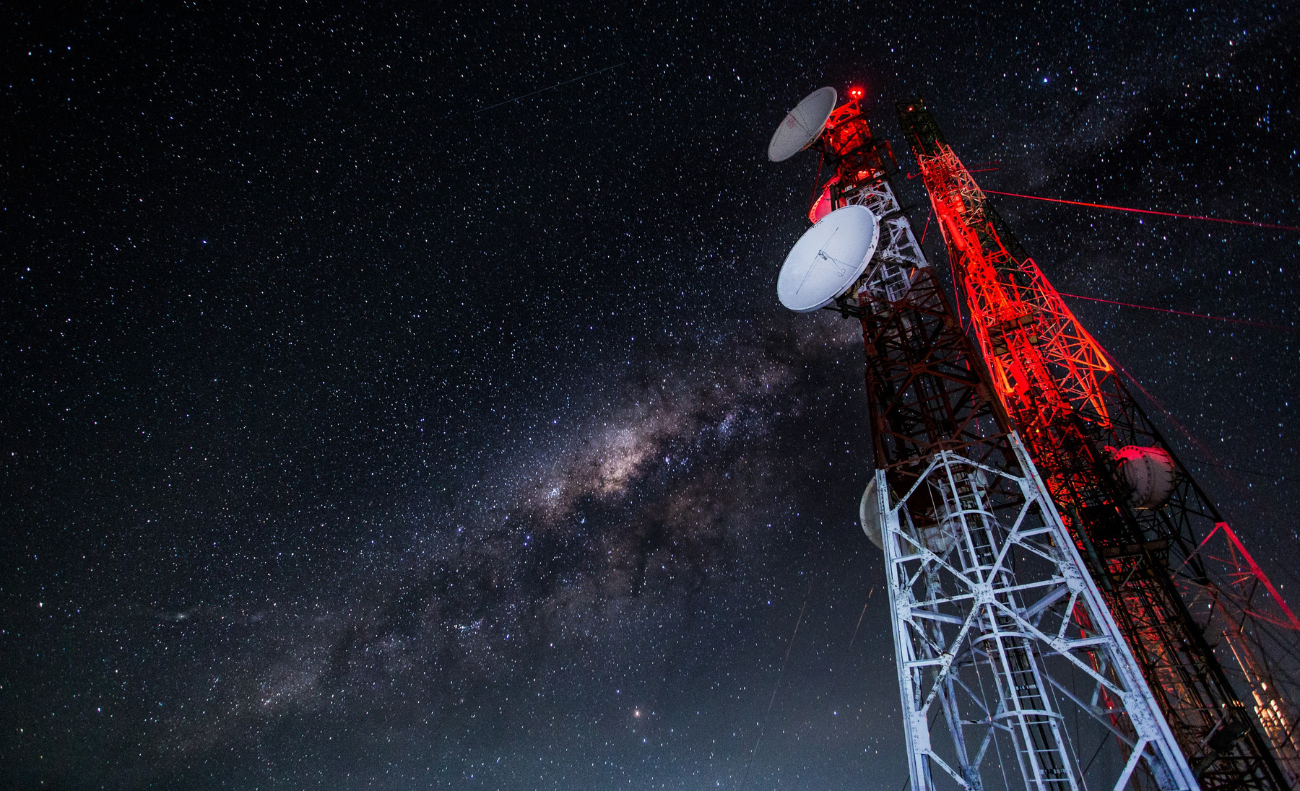
Toronto Student Detects Radio Signal From Distant Star
A novel artificial intelligence programme developed by a Toronto student is assisting astronomers in their quest for indications of life in the stars.
Peter Xiangyuan Ma, a University of Toronto undergraduate student and researcher, said he began working on the algorithm during the epidemic while he was in Grade 12.
The concept was to aid in distinguishing between technical radio signals produced by human technology and signals that may be produced by other kinds of life in space.
Researchers were able to find eight new radio signals radiated by five distinct stars 30 to 90 light years distant from Earth using this method, according to Ma. These signals, according to Ma, would vanish as researchers glanced away from them, ruling out, for the most part, interference from an Earth-originating signal. The signal was still present when they returned to the location.
According to Steve Croft, Project Scientist at Breakthrough Listen on the Green Bank Telescope, the institute whose open source data inspired Ma’s programme, discovering radio signals in space is like looking for a needle in a haystack.
Croft explained that the algorithms used to detect these signals must take into consideration a variety of factors, including the position of the broadcast in the sky and whether or not the transmission varies over time, which may suggest that it is originating from a revolving planet or star.
Ma advised us not to give up hope simply because we hadn’t uncovered a “technosignal” yet. The next stage would be to use a variety of search techniques to identify more and more signals to investigate.
